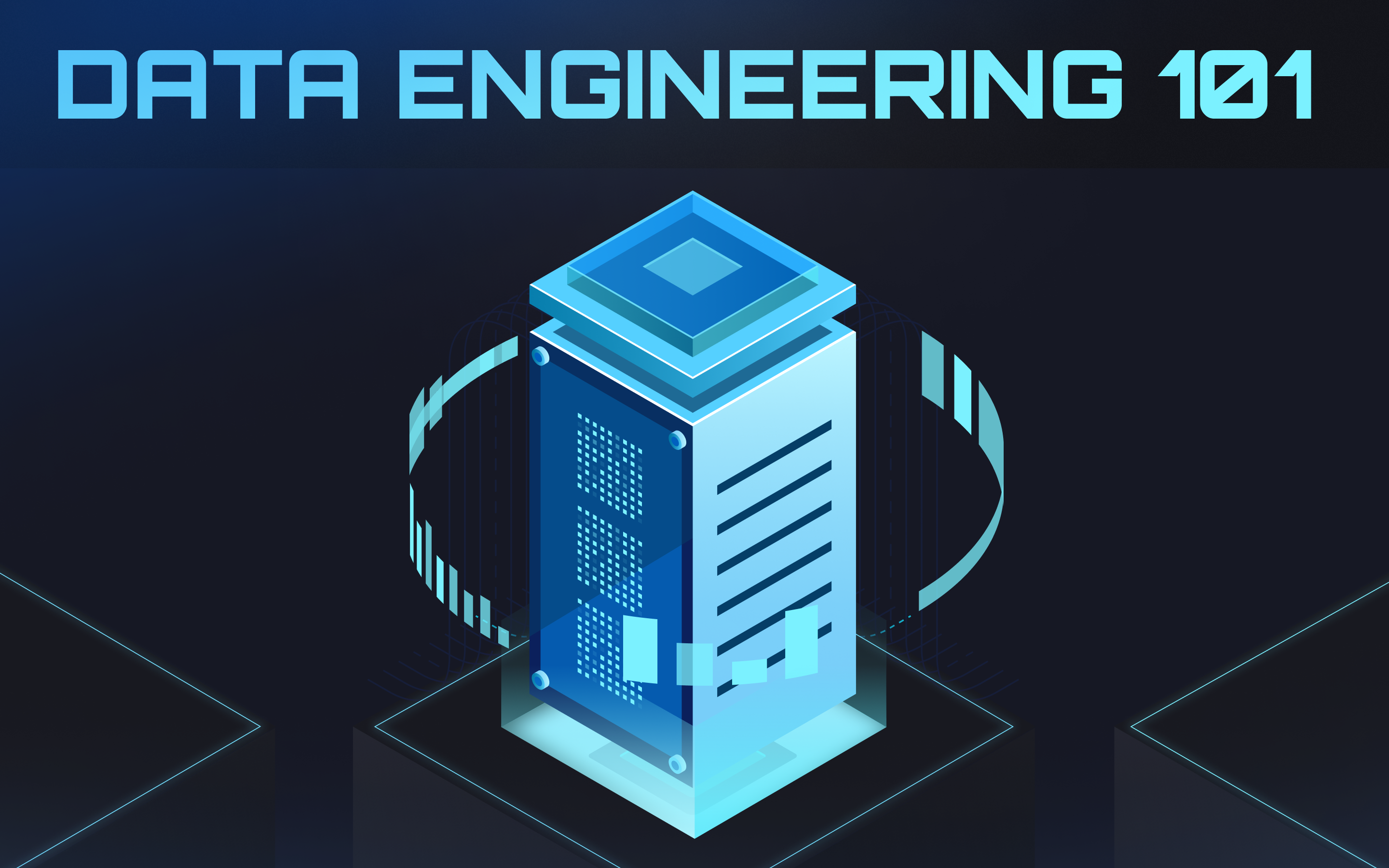Overview of Apache Beam and Apache Flink
Apache Beam and Apache Flink are both powerful distributed data processing frameworks, each with its own unique features and capabilities. Understanding the fundamental aspects of these platforms is crucial for making an informed decision about which one best suits specific data processing needs.
Introduction to Apache Beam
Apache Beam is a versatile framework that offers a unified model for both batch and streaming data processing. This means that developers can write their data processing logic once and execute it on various supported platforms, including Spark, Flink, Google Cloud Dataflow, and others. The ability to seamlessly run code across different environments makes Apache Beam a popular choice among organizations seeking portability and flexibility in their data processing workflows.
One notable example of Apache Beam's impact is seen in Intuit's experience, where the development and launch of production-grade streaming data pipelines were accelerated by threefold, resulting in significant cost optimizations. Additionally, HSBC's engineers achieved a 2x increase in data processing performance while scaling their XVA batch pipeline by 100x compared to the original solution using Apache Beam.
Introduction to Apache Flink
On the other hand, Apache Flink stands out for its capability to handle high-throughput and low-latency data streams efficiently. It unifies batch and streaming processing, providing a high-level API that enables seamless execution of complex data processing tasks. Its horizontal scalability allows it to handle increasing amounts of data by adding more resources such as CPUs and memory.
When comparing the two frameworks, it becomes evident that while Apache Beam focuses on providing a unified programming model for both batch and streaming data processing, Apache Flink excels in delivering high-throughput stream processing capabilities.
Key Features and Capabilities
Scalability and Performance
When it comes to scalability, both Apache Beam and Apache Flink offer impressive features that cater to the demands of modern data processing tasks.
Apache Beam's Scalability Features
Apache Beam, as an open-source unified programming model for processing both streaming and batch data, boasts remarkable scalability features. It provides a set of APIs that can be utilized to build data pipelines in various programming languages such as Java, Python, and Go. The unified model for defining batch and streaming data-parallel processing pipelines enables developers to use a single API for both types of data processing. This unification simplifies the development process by eliminating the need to learn separate APIs for batch and streaming, making it an attractive choice for organizations seeking streamlined development workflows.
One notable aspect of Apache Beam's scalability is its ability to run on multiple execution engines, including Apache Flink, Apache Spark, Apache Samza, Hazelcast Jet, Google Cloud Dataflow, and others. This flexibility allows users to leverage their existing infrastructure while also providing the option to choose the most suitable execution engine based on specific requirements or preferences.
Apache Flink's Horizontal Scalability
On the other hand, Apache Flink's horizontal scalability sets it apart in terms of handling increasing amounts of data. By allowing the addition of more resources such as CPUs and memory, Apache Flink ensures that it can efficiently manage growing workloads without compromising performance. This capability is particularly valuable in scenarios where high-throughput stream processing is essential and where the demand for low-latency data streams is paramount.
Processing Models and APIs
The processing models and APIs offered by both frameworks play a crucial role in shaping their capabilities for building robust data processing pipelines.
Apache Beam's Unified Programming Model
Apache Beam's unified programming model enables developers to write code that can seamlessly process both batch and streaming data. This approach not only simplifies the development process but also enhances code reusability across different types of data processing tasks. By utilizing a single API for defining batch and streaming data-parallel processing pipelines, developers can streamline their workflow while maintaining consistency in their codebase.
In addition to its unified programming model, Apache Beam involves components such as Data Pipeline, Source, Transform, Sink, Runner, and Dataflow Model. These components collectively contribute to creating a cohesive framework for building versatile data pipelines across various environments.
Apache Flink's API and Stream Processing Capabilities
Apache Flink offers a high-level API that empowers developers to execute complex stream processing tasks with ease. Its stream processing capabilities are designed to handle real-time data streams efficiently while ensuring low-latency processing. The ability to unify batch and streaming processing at a high level further enhances its appeal for organizations seeking comprehensive solutions for diverse data processing requirements.
Comparative Analysis of Apache Beam vs Apache Flink
When comparing Apache Beam and Apache Flink, it's essential to delve into their scalability and processing models to understand how each framework caters to different data processing needs.
Apache Beam vs Apache Flink in Scalability
Handling Large Volumes of Data
Apache Beam offers a unified programming model that allows developers to write batch and streaming data processing pipelines that can run on various processing engines such as Apache Flink, Apache Spark, and Google Cloud Dataflow. It aims to provide a unified model for batch and streaming data processing, allowing the same Beam code to process data that is either coming in as a stream or that has already been collected into a batch. On the other hand, using Apache Beam with Apache Flink combines the power of Flink with the flexibility of Beam. This combination provides native support for different programming languages and offers additional features like side inputs and cross-language pipelines that are not supported natively in Flink but only supported when using Beam with Flink.
In contrast, Apache Flink excels in handling large volumes of data through its horizontal scalability. By adding more resources such as CPUs and memory, Flink ensures efficient management of growing workloads without compromising performance. This capability is particularly valuable in scenarios where high-throughput stream processing is essential, emphasizing its suitability for organizations dealing with substantial data volumes.
Resource Management and Efficiency
Resource management plays a pivotal role in determining the efficiency of data processing frameworks. Apache Beam, with its support for multiple execution engines including Apache Flink, provides users with the flexibility to choose the most suitable execution engine based on specific requirements or preferences. This versatility contributes to efficient resource management by allowing organizations to leverage their existing infrastructure while also accommodating diverse workload demands.
On the other hand, Apache Flink's ability to handle increasing amounts of data by adding more resources underscores its robust resource management capabilities. The horizontal scalability offered by Flink ensures that organizations can efficiently manage growing workloads without compromising on performance or latency requirements.
Processing Models and Use Cases
Batch vs Streaming Data Processing
The distinction between batch and streaming data processing is an important consideration when evaluating these frameworks. While both Apache Beam and Apache Flink support batch and streaming processing, they differ in their approach towards unifying these two modes.
For instance, Beam's unified programming model allows developers to seamlessly process both batch and streaming data using a single API, enhancing code reusability across different types of data processing tasks. Conversely, Flink's high-level API empowers developers to execute complex stream processing tasks efficiently while ensuring low-latency processing. This distinction highlights how each framework addresses the unique requirements associated with batch and streaming data processing.
Suitability for Different Types of Workloads
The suitability of these frameworks for different types of workloads depends on factors such as throughput requirements, latency constraints, and the need for portability across various environments. Organizations seeking portability across different environments may find value in leveraging the versatility offered by Apache Beam, which supports multiple execution engines including Apache Flink.
Conversely, organizations prioritizing high-throughput stream processing may find that leveraging the horizontal scalability offered by Apache Flink aligns well with their workload demands.
Use Cases and Suitability
When considering the use cases and suitability of Apache Beam and Apache Flink, it's essential to evaluate specific scenarios where each framework excels, aligning with distinct data processing requirements.
When to Choose Apache Beam
Need for Portability and Unified Processing
Apache Beam is particularly well-suited for organizations that prioritize portability and unified processing across different environments. The ability to write data processing logic once and execute it on various supported platforms, including Spark, Flink, Google Cloud Dataflow, and others, makes Beam an attractive choice for organizations seeking flexibility in their data processing workflows. This portability allows developers to focus on writing business logic without being tied to a specific execution environment, enhancing agility in adapting to evolving infrastructure needs.
Moreover, the unified model for both batch and streaming data processing enables seamless execution of code across diverse environments. This capability not only streamlines development efforts but also ensures consistency in data processing tasks regardless of the underlying execution engine. As a result, organizations can achieve operational efficiency by leveraging a unified programming model that caters to both batch and streaming data processing requirements.
Environments Where Apache Beam Excels
Several real-world case studies demonstrate the successful implementation of Apache Beam in diverse environments. For instance, Intuit's experience showcases how the adoption of Apache Beamaccelerated the development and launch of production-grade streaming data pipelines by threefold. This resulted in significant cost optimizations while democratizing stream processing capabilities within the organization. Similarly, HSBC leveraged Apache Beam for building new data infrastructure NOLA2 with pipelines running on Apache Flink and Cloud Dataflow. This adoption facilitated a 2x increase in data processing performance while scaling their XVA batch pipeline by 100x compared to the original solution.
Ricardo's case further exemplifies how joining different data streams using Apache Beam's Flink runner on a self-managed Flink cluster in GKE led to valuable insights that contributed to further adoption of Apache Beam. These instances underscore the versatility of Beam across various environments, demonstrating its value in enabling seamless switch from existing frameworks like Apache Samza to more robust solutions like Apache Flink.
When to Choose Apache Flink
Requirements for High-Throughput Streaming
Organizations with stringent requirements for high-throughput streaming are well-aligned with leveraging Apache Flink as their preferred framework. The platform's capability to handle high-throughput and low-latency data streams efficiently positions it as an ideal choice for scenarios demanding real-time analytics or event-driven applications where immediate insights from large volumes of incoming data are critical.
Use Cases Best Suited for Apache Flink
The successful implementation of Apache Flink has been evident in use cases requiring enhanced robustness and efficiency within complex systems. For example, collaborative efforts aimed at enhancing the robustness and efficiency of systems have contributed valuable insights within the broader community working with both Apache Beam and Flink, highlighting its relevance across diverse use cases.
When evaluating whether Apache Beam or Apache Flink is better suited for a particular use case, it's crucial to assess the specific data processing needs of the organization. Considerations such as the volume of data to be processed, the nature of the data (streaming or batch), latency requirements, and existing infrastructure play a pivotal role in determining the most suitable framework. Organizations should also factor in their long-term scalability requirements and the potential need for portability across different execution environments. Looking ahead, it's important to consider the future prospects and community support associated with Apache Beam and Apache Flink. Both frameworks are backed by vibrant communities that contribute to ongoing development, enhancements, and support. Assessing the roadmap for each framework, upcoming feature releases, and community engagement can provide valuable insights into their long-term viability for addressing evolving data processing challenges.






